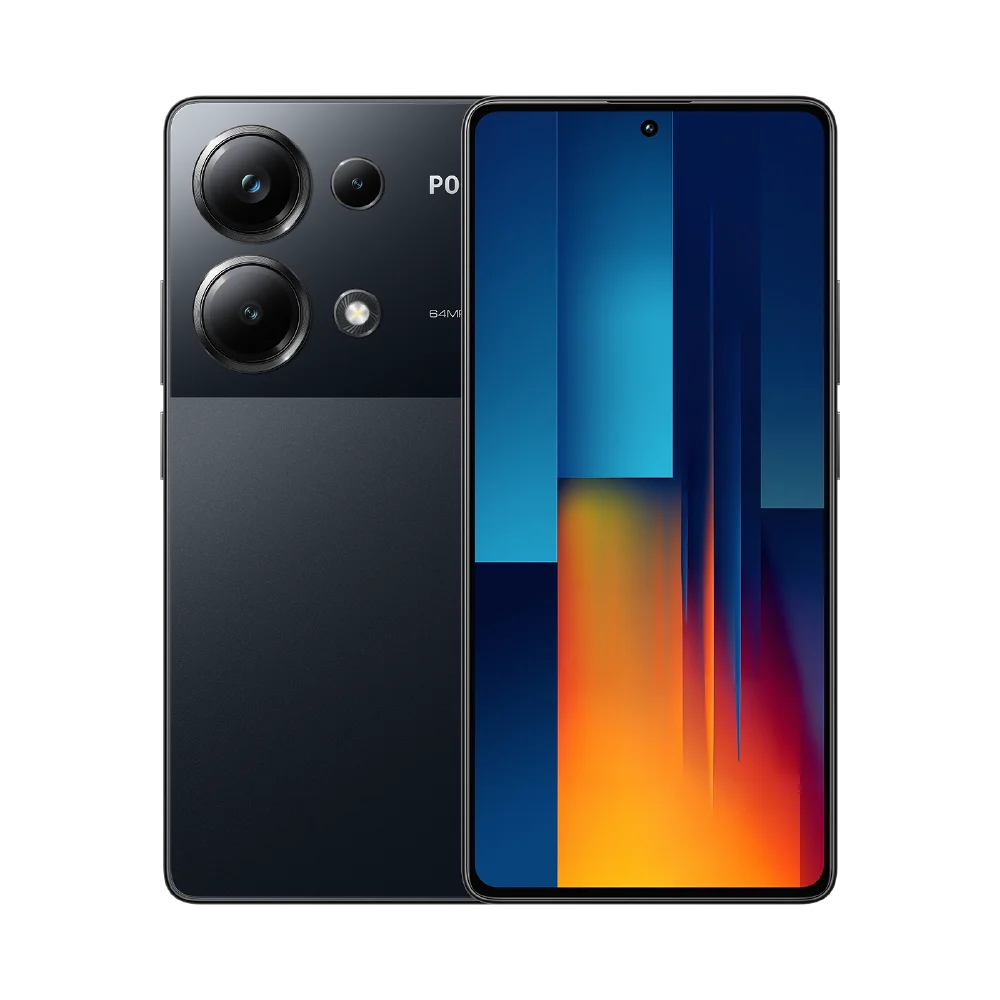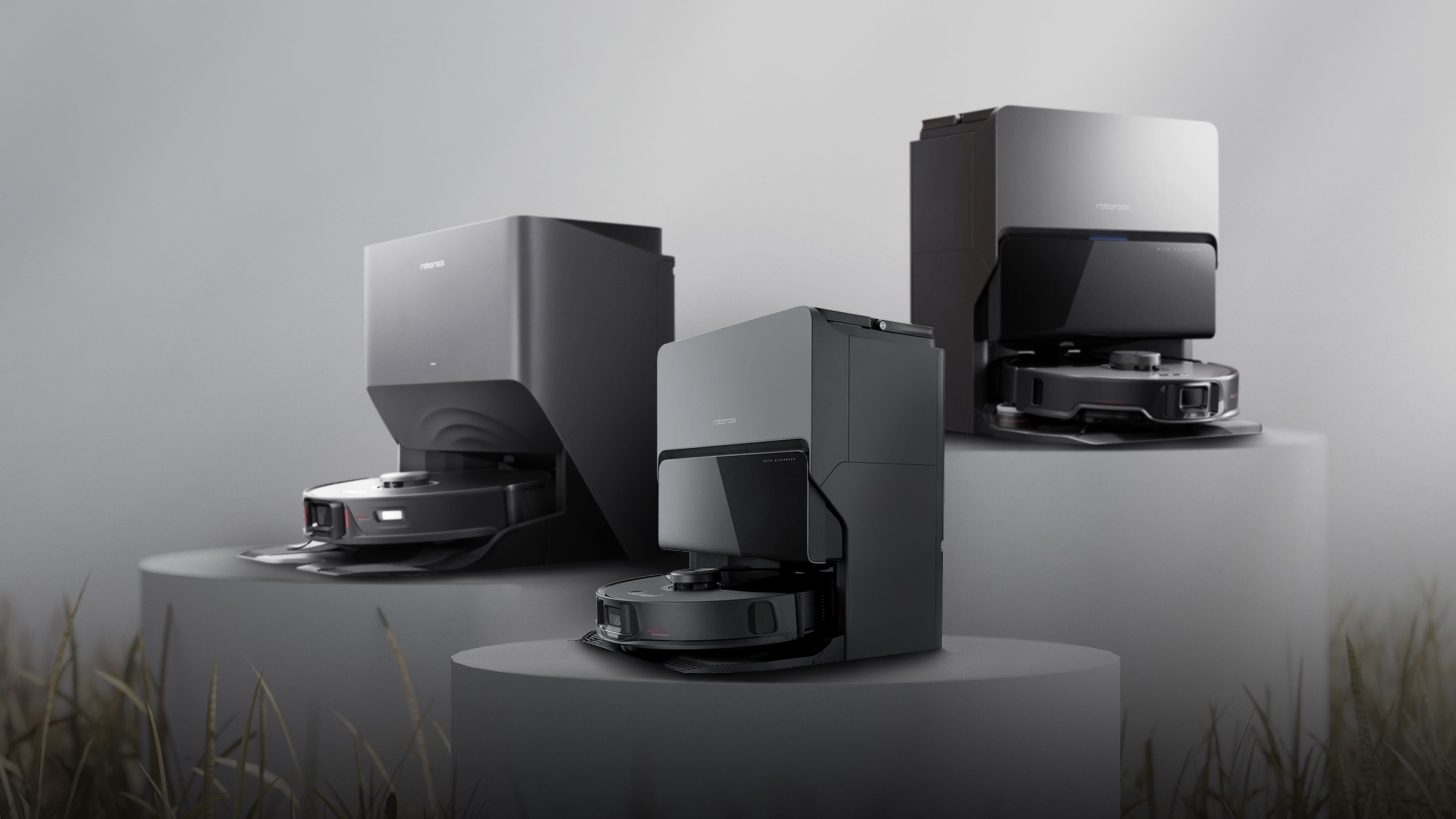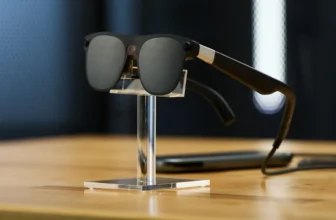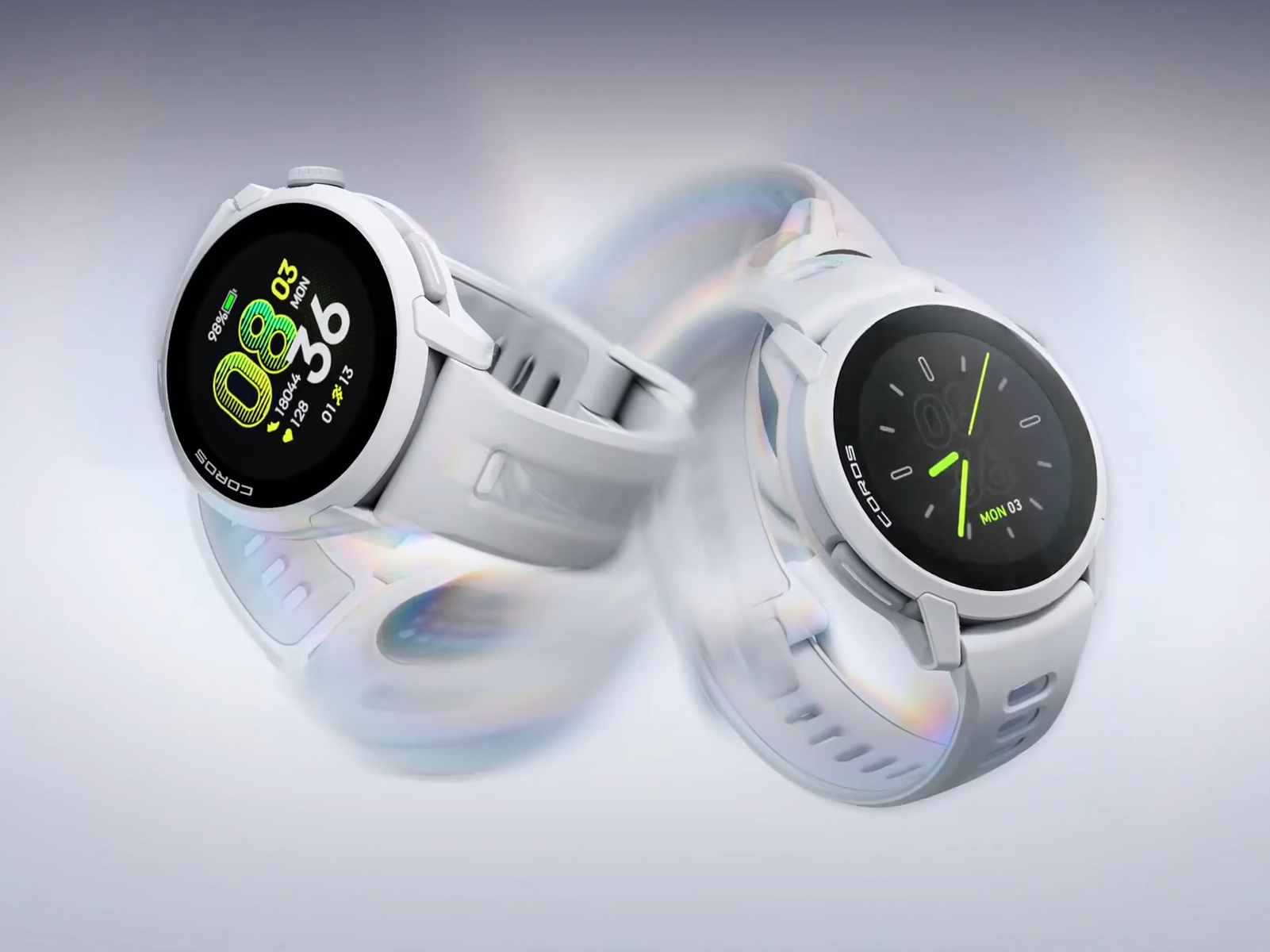
The Poco M6 Pro is priced as an entry-level smartphone. However, with its features, this smartphone certainly comes close to a more expensive category. Is the Poco M6 Pro the elusive value-for-money champion in the $200 to $300 segment? Let’s find out in our review!
Good
- Very nice, bright AMOLED display
- Decent main camera with OIS
- Solid performance
- Plenty of storage space
- Memory is expandable via microSD
- HyperOS update is already available
Bad
- Lots of bloatware
- Moderate update policy
- Useless macro camera
- No 5G support, only Bluetooth 5.2 and Wi-Fi 5 connectivity

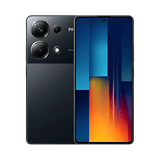
Xiaomi Poco M6 Pro: All deals
In a nutshell
The European Championship is currently underway (and the Copa America simultaneously) for those who love soccer. Hence, when I reviewed the Poco M6 Pro, I was somewhat influenced by the former sporting event, which is also being held in my hometown. I’m telling you this because my conclusion about the M6 Pro is based on a German soccer saying: The so-called “small fry” no longer exist! This means that even the soccer “dwarves” are good enough to keep up with the supposed big boys.
This is the case in soccer, but it also applies to smartphones. Even in the $200 price bracket, you can get devices that are suitable for everyday use with only a few compromises included.
The Poco M6 Pro was launched with 8 GB and 256 GB of expandable memory, where you can even pick it up for less than $200 on Amazon. Alternatively, you can opt for the version with 512 GB and 12 GB of RAM for a mere $225. This means the 6.67-inch device which actually offers a beautiful AMOLED panel with a 120 Hertz refresh rate for so little money can be picked up for less than $200.
Of course, the Poco M6 Pro is not the all-rounder that meets every stringent user demand. But with a decent main camera, large memory, reasonable battery life and sufficiently good everyday performance, this smartphone is likely to find a deservedly large number of owners. However, we have to give it a yellow card for offering a less-than-stellar software support and the lack of 5G connectivity.
Design and Display
The Poco M6 Pro combines a good display with a casing that truly looks better than the asking price. The device has space for a microSD card and a headphone socket, and the casing is IP54-certified.
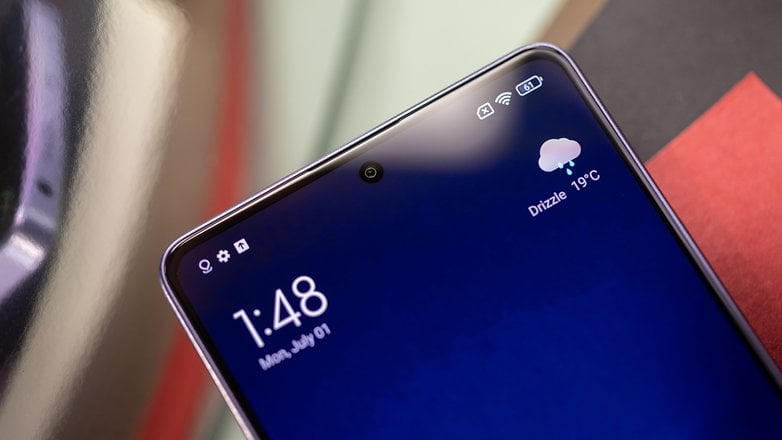
The Poco M6 Pro currently arrives in blue, black, and purple shades. However, the high-gloss polished exterior ensures that there are plenty of fingerprints on the plastic back after you spend some time with it. In general, we are dealing with a plastic bomber, but I like the freestanding camera sensors much better than the clunky camera islands of many other Xiaomi models. Incidentally, the look is just one of the many similarities that the Poco M6 Pro and Xiaomi Redmi Note 13 4G (review) share.
I like the fact that the upper part of the back stands out a little from the rest, similar to what we see in Pixel smartphones. What I like even more is the front features Gorilla Glass 5 to protect the display. I found the design to be really appealing for such an inexpensive smartphone, but holding it in the hand quickly reveals we are dealing with a cheaper handset here.
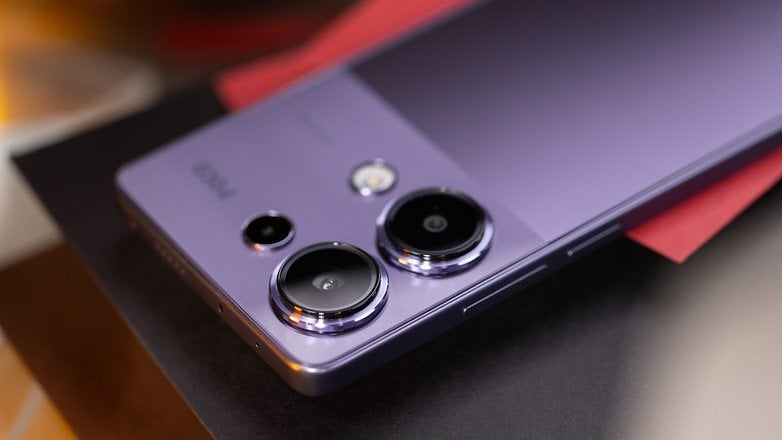
Fortunately, there is a hybrid slot that can accommodate either two nano-SIM cards or one SIM card and one microSD card (eSIM is not supported, by the way). Some of you may also like the presence of a 3.5 mm audio jack. There are even stereo speakers which didn’t impress me in terms of sound quality, but hey, at least it’s stereo sound!
The phone is IP54-certified and therefore splash-proof. That’s not ideal, but in this price range it’s still not a must-have. However, the Poco M6 Pro is definitely not a handset you use under the rain.
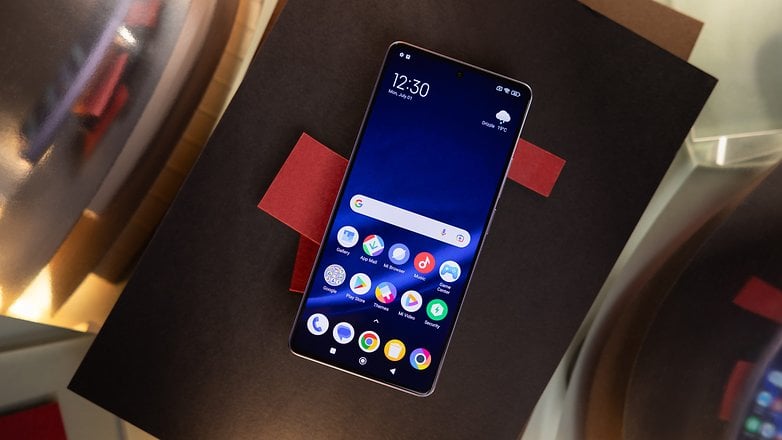
The star of the team, however, is clearly the display: a very bright (1,700 nits peak) Full HD+ panel with a refresh rate of 120 Hertz, plus very stable viewing angles, alongside rich blacks and crisp colors to make the boys and girls in the VIP stands cheer. We are talking about the $200-$300 price segment here, and the display easily kept up with smartphones that cost three times as much.
What’s more, Poco and Xiaomi installed a fingerprint sensor in the lower part of the display that works as quickly and reliably as Kai Havertz from the penalty spot.
Software and UI
The software is a mixture of the expected and a few disappointments. It comes with MIUI 14 and Android 13, but an update brings it to the best Xiaomi offers at the moment: HyperOS which is based on Android 14. However, the M6 Pro is a little wobbly when it comes to software support.
Since MIUI 14 is based on Android 13 and is slowly running out of steam, HyperOS which is based on Android 14 provides a breath of fresh air. I think it’s great that the smartphone which was unveiled in January already has the latest OS running. However, bear in mind that Xiaomi only promises us two major Android versions for the Poco M6 Pro. The first update is therefore already over, which means that Android 15 will be the final update.
Security updates are still available for three years, but it would have been nice if the company had extended both operating upgrades and security updates by at least one year.
I would rather not say much more about the pre-installed bloatware. It is not as though we are unfamiliar with Xiaomi’s game in the past and have criticized it often enough. At least 29.7 GB of storage space was used right from the beginning, which should not be an issue considering the overall 512 GB of storage space is available to the user.
There’s nothing much to say about the software itself that we haven’t already told you many times in recent reviews or via the numerous articles linked above. Check it out if you are keen to know more about HyperOS or Android 14.
Performance and hardware
The Helio G99 Ultra is a reasonable SoC choice in this price range and the performance is suitable for everyday use. When it comes to memory, however, Poco M6 Pro impressed us with at least 8 GB of RAM and at least 256 GB of expandable storage space. There are long faces when it comes to connectivity though, including the lack of 5G functionality.
You can’t exist without 5G, and is gaming part of your daily routine? If so, you can actually stop reading right now. Perhaps you would be better off reading our Poco X6 Pro review. However, if you rarely or only play casual games on your smartphone and are not dependent on a blazing-fast 5G network, then this is the crucial phase of the review.
We are already familiar with the Helio G99 Ultra found in the Redmi Note 13 Pro 4G, and it didn’t blow off our socks there either. So don’t panic, you can also play games like Genshin Impact or Asphalt 9 on the Poco M6 Pro, but then you’ll have to settle for the lowest graphics settings. It’s not that great to be considered anywhere near the elite league (or the Champions League in soccer parlance), but the MediaTek SoC is definitely sufficient for your Sunday league. In other words, for all everyday applications.
| Poco M6 Pro (Helio G99 Ultra) |
Poco X6 (Snapdragon 7s Gen 2) |
Redmi Note 13 Pro 5G (Snapdragon 7s Gen 2) |
Poco F6 (Snapdragon 8s Gen 3) |
Redmi Note 12 Pro+ (Dimensity 1080) |
Redmi Note 13 Pro 4G (Helio G99 Ultra) |
|
|---|---|---|---|---|---|---|
| AnTuTu | 442,869 | 617,918 | 593,863 | 1,455,312 | 526,790 | 438,710 |
| 3D Mark Wild Life Extreme Stress Test | Best loop: 346 Worst loop: 344 Stability: 99.4% |
Best loop: 791 Worst loop: 700 Stability: 88.5 |
Best loop: 800 Worst loop: 763 Stability: 95.4 |
Best loop: 3140 Worst loop: 2584 Stability: 82.3 |
Best loop: 635 Worst loop: 630 Stability: 99.2 |
Best loop: 347 Worst loop: 344 Stability: 99.1 |
| Geekbench 6 | Single: 725 Multi: 1902 |
Single: 1025 Multi: 2810 |
Single: 889 Multi: 2523 |
Single: 1953 Multi: 4930 |
Single: 965 Multi: 2408 |
Single: 744 Multi: 2112 |
Poco meant well with us when it comes to memory: 256 GB for an entry-level smartphone is really great, especially as the memory can be expanded by a microSD card. There is also the 8 GB of RAM. If you want something a little more substantial, grab the model with 512 GB memory and 12 GB RAM. We also turned a blind eye when it comes to the memory standards used: LPDDR4X + UFS 2.2 are already old hat, and USB 2.0 is certainly no longer cutting-edge by any means.
This continues in terms of connectivity options, where you are provided with just Wi-Fi 5 and Bluetooth 5.2 in addition to the lack of 5G support. NFC is of course also on board, as is LTE.
Camera
The main camera of the Poco M6 Pro offers 64 MP resolution with OIS, proving itself impressive during the day. The selfie cam is mediocre, but the rest are pretty poor options. Neither the 8 MP ultra-wide angle camera nor the night photos impressed me. The less said about the 2 MP macro camera the better, since it really has no business being included.
In the final phase of the game, the Poco M6 does a little magic for the gallery. Okay, “magic” is perhaps a bit of an overstatement, but I do like the 64 MP sensor, which takes 16 MP photos via pixel binning and optically stabilizes images. Considering the price tag of around $200, the main camera is quite impressive, at least when you step onto the pitch in daylight and in good playing conditions.
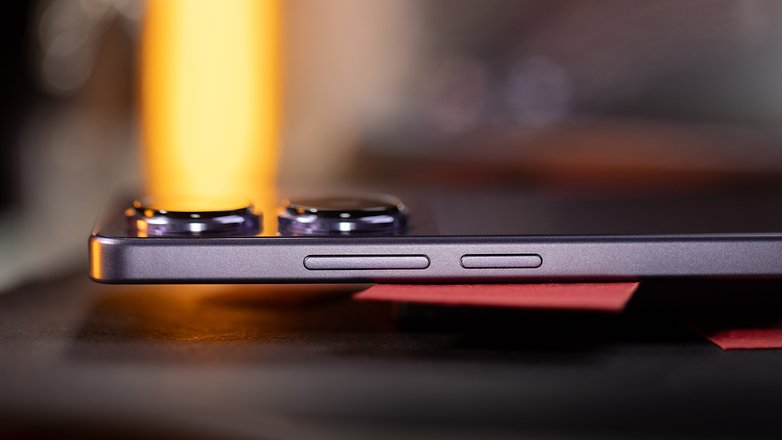
Thereafter, the triple sensor configuration, consisting of the main camera, the 8 MP ultra-wide angle, and the 2 MP macro catastrophe, quickly runs out of stamina. To be honest, I don’t like the ultra-wide angle pictures even under ideal photo-taking conditions. I miss the dynamics and the richness of detail, where some details are sometimes not just worse, but are simply no longer recognizable.
The situation deteriorates further in poor lighting conditions, but even the 64 MP shooter doesn’t drape itself in glory here. If there are still reasonably usable light sources, the night mode, which is automatically activated by default, can still salvage the situation. However, you don’t even need to try at night with the ultra-wide angle sensor — trust me on this.
What about the macro sensor? I actually tried it again before I had to issue it a red card. That’s really garbage, sorry! Selfies, on the other hand, were at least decent, as was the portrait mode. I should also mention that selfies appear inverted by default and the beauty filter is activated. If this annoys you, you’ll have to launch the camera settings before taking your first photo.
For everything else, take a look at our gallery of pictures from the Euro venue in Dortmund. We should all agree on this: This smartphone is only for those who occasionally want to take a few quick snapshots for Instagram and other social media platforms.
Battery life and charging speed
The battery now boasts the almost obligatory capacity of 5,000 mAh, can be charged at a brisk 67 W, and the charger is included free of charge. However, wireless charging is not available.
First things first: You quite rightly expect us to break down the battery life for you based on a benchmark app. Unfortunately, this app, PCMark, committed a serious foul and tackled me from behind during the review. In other words, the benchmark crashed and so, I still can’t tell you exactly where we would have ended up. I’m guessing that we would have been within the 11-12 hour range.

That would give us a pretty decent battery runtime, which would easily get you through the post-game time during the day. I would rather not leave you in the dark and will provide you with the battery life benchmark after a new review, so please be a little more patient.
The rest of the story is rather run-of-the-mill: Xiaomi includes the charger in the box. The M6 Pro also supports a charging speed of 67 W, which is also anything but usual in this market segment. The 5,000 mAh battery is thus charged in less than one half of a soccer match, i.e. under 45 minutes.
Although I listed the lack of wireless charging as a weakness above, this is by no means something that can be taken for granted in this price range.
Xiaomi Poco M6 Pro technical specifications
| Poco M6 Pro | |
|---|---|
| Device | |
| Image |
 |
| Display | 6.67″ AMOLED 2,400 x 1,080 px 120 Hz refresh rate |
| Processor | MediaTek Helio G99 Ultra |
| Memory | 8 / 12 GB LPDDR4X RAM 256 / 512 GB UFS 2.2 expandable via microSD |
| Software | MIUI 14 based on Android 13, now updated to HyperOS 2 Android upgrades 3 years of security updates |
| Camera | Main camera: 64 MP, f/1.79, OIS Ultra-wide angle: 8 MP, f/2.2 Macro: 2 MP, f/2.4 |
| Selfie | 16 MP | f/2.45 |
| Battery | 5,000 mAh 67 W wired charging Charger included |
| Connectivity | Wi-Fi 5, Bluetooth 5.2, NFC |
| IP certification | IP54 |
| Dimensions and weight | 161.1 x 74.95 x 7.98 mm, 179 g |
Conclusion
Of course, the M6 Pro doesn’t master some tricks that star players like the Galaxy S24 Ultra (review) can do for significantly more money. However, in the price-to-performance range, there are not too many candidates in the $200 to $300 range that are more complete than the Poco M6 Pro.
One thing is clear: the hardware team has to have a great day to be as good as the major league players, but parts of the team perform above average and would also deserve a regular place in a top team. This applies to the display, the memory sizes, and—under perfect conditions—the main camera with OIS.
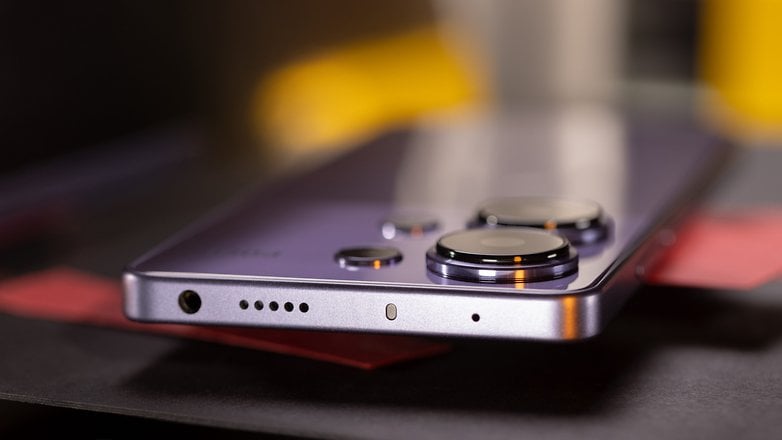
MediaTek’s mid-range motor is not in the best condition, but it plays its part with confidence. The Poco M6 Pro is therefore not a designated gaming handset, but works perfectly in everyday use. Unfortunately, 5G didn’t make it into the squad and the budget doesn’t stretch to high-end gaming features such as wireless charging. However, you get stereo speakers, a 3.5 mm audio jack, a microSD slot, and a decent battery life to make this affordable Xiaomi phone a real all-rounder.
Do you want a better camera, need 5G, or better performance? If so, check out what the Redmi Note 13 series has to offer and take a look at the two “Best Of” lists below:
Post-match comments: In conclusion, I would like to remind you about the soccer analogy I used from the beginning: The so-called bit-part players no longer exist, not in soccer, and definitely not in smartphones. The bar is now so high that we can expect every $200 smartphone to deliver everything that Xiaomi, for instance, has packed into this Poco M6 Pro.
This review was written with passion and the socks rolled all the way down by the team captain. Blow the final whistle!


































